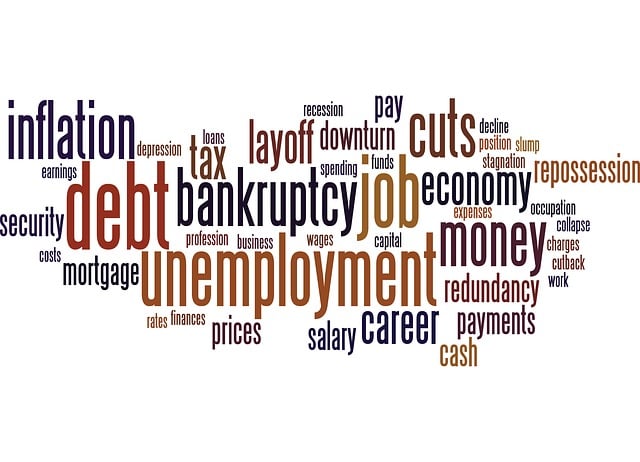Debt restructuring is a strategic process for individuals overwhelmed by debt, offering relief through renegotiated terms like lower interest rates and extended repayment periods. It involves assessing financial situations, prioritizing debts, exploring options like consolidation or refinancing, and creating detailed budgets to ensure successful repayment. Post-restructuring, individuals focus on proactive financial health: budgeting, saving, investing, and educating themselves about personal finance for sustained long-term success.
Many individuals struggle with debt, feeling trapped in a cycle of financial strain. Debt restructuring offers a beacon of hope for achieving financial stability. This comprehensive guide explores what debt restructuring entails—a strategic process aimed at easing debt burden and providing a fresh start. We’ll uncover the steps to navigate this journey successfully, from assessing your situation to implementing solutions tailored to your needs. Gain insights into rebuilding your financial strength post-restructuring for lasting peace of mind.
- Understanding Debt Restructuring: Unlocking Financial Freedom
- The Steps to Restructuring Your Debts: A Comprehensive Guide
- Building Financial Stability After Debt Restructuring: Strategies for Success
Understanding Debt Restructuring: Unlocking Financial Freedom

Debt restructuring is a powerful tool designed to offer individuals a way out of overwhelming financial burdens and towards financial stability. It involves repackaging and renegotiating debt terms, providing relief from interest charges, repayment deadlines, or both. This process allows for a more manageable debt payoff strategy tailored to the individual’s income and expenses.
By understanding their financial situation and exploring options like debt consolidation, loan refinancing, or settlement, individuals can unlock the key to financial freedom. It’s about taking control of their money, breathing new life into their financial goals, and paving the way for a brighter, debt-free future.
The Steps to Restructuring Your Debts: A Comprehensive Guide

Debt restructuring for individuals is a strategic process designed to provide financial relief and a path to stability. The first step is to assess your current financial situation, understanding all outstanding debts, interest rates, and repayment terms. Create a list of creditors, along with contact details, to initiate open lines of communication.
Once organized, prioritize your debts based on factors like interest rates and the creditor’s willingness to negotiate. Consider debt consolidation or refinancing options that offer lower rates, or explore debt settlement negotiations where you agree to pay a percentage of your debt in full settlement. This involves careful planning, but it can significantly reduce overall repayment costs.
Building Financial Stability After Debt Restructuring: Strategies for Success

After successfully completing debt restructuring, the journey towards financial stability doesn’t end; it’s a new beginning. This fresh start requires proactive strategies to build and maintain robust financial health. One crucial step is creating a detailed budget that allocates funds wisely, prioritizing essential expenses while minimising discretionary spending. Tracking every penny spent becomes vital to ensure compliance with the restructured debt plan.
Additionally, increasing savings should be a priority. Even small amounts can accumulate over time, providing an emergency fund and enhancing financial resilience. Exploring options like high-yield savings accounts or investment opportunities can help grow savings faster. Educating oneself about personal finance through online resources or seeking guidance from financial advisors is another effective strategy for long-term success.
Debt restructuring offers individuals a powerful tool to gain control of their finances and secure a brighter future. By understanding this process, taking proactive steps, and implementing strategies for long-term financial stability, people can break free from debt’s grip and embark on a path towards prosperity. Debt restructuring is not just about paying off debts; it’s about achieving financial freedom and creating a sustainable budget that aligns with individual goals. With the right approach, individuals can reclaim their financial health and build a robust foundation for a secure tomorrow.

